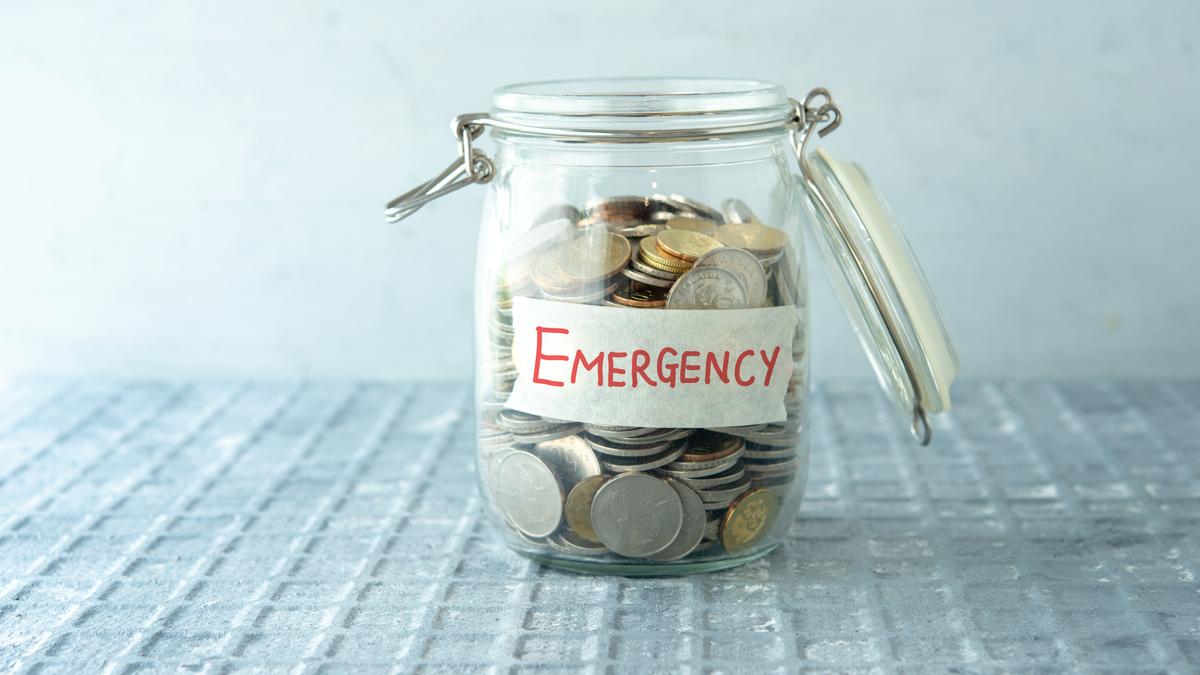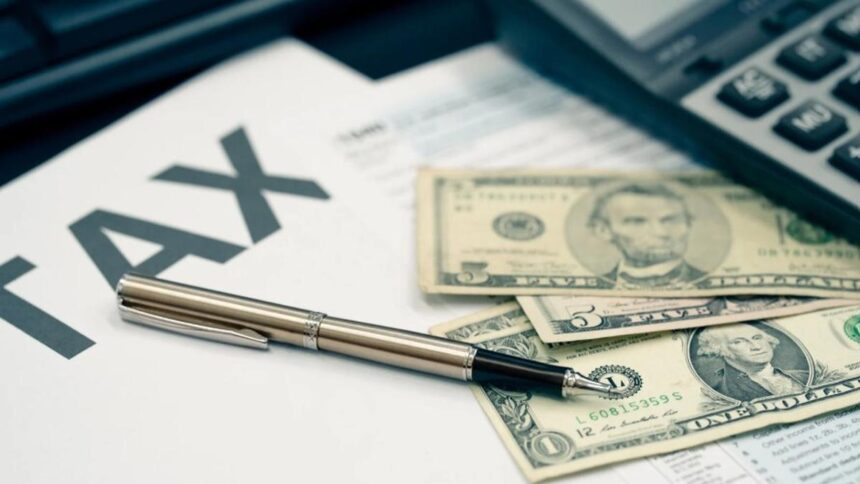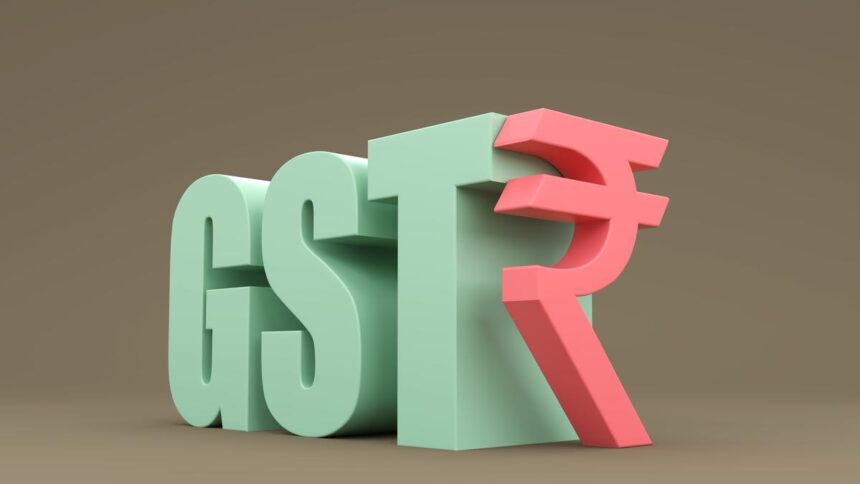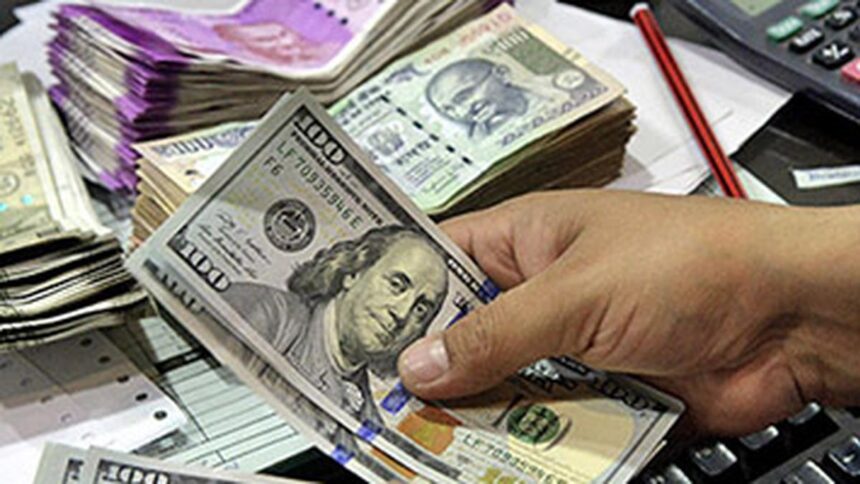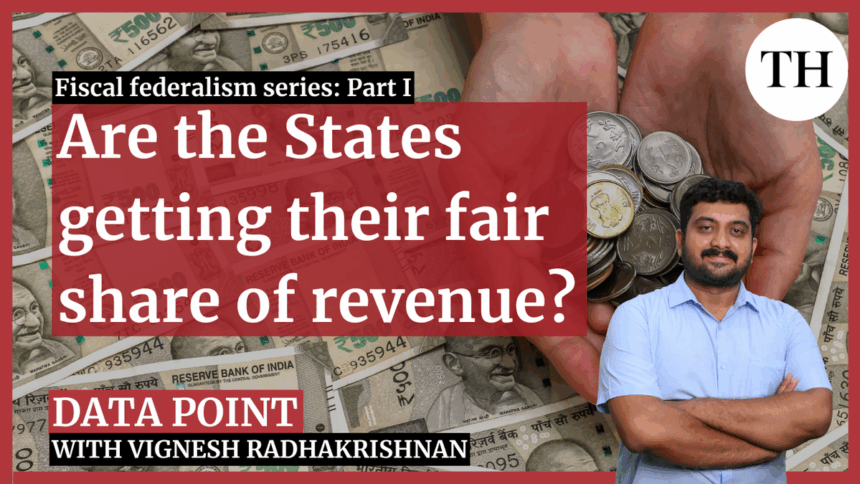
Image used for representational purposes.
| Photo Credit: Getty Images/iStockphoto
An emergency fund is one of the most important pillars of financial planning. Without an adequate emergency fund in place, a single financial exigency can push one to high-cost debt, premature liquidation of investments and even adversely impact financial health for the long term.
Costly errors
Here are some mistakes to avoid in building/maintaining such a fund.
No adequate corpus
For salaried individuals, the fund should be large enough to cover all non-discretionary expenses such as daily living expenses, existing EMIs, utility bills and insurance premiums for at least six months. Self-employed individuals with greater uncertainties in income and cash flows should have a fund covering at least 9-12 times of unavoidable monthly expenses. Also, in periods of economic uncertainty, salaried individuals must raise the fund size to sustain non-discretionary expenses for at least 12 months. Having such an emergency fund will save you from compromising crucial financial goals or expensive loans.
Fund in illiquid instruments
As financial exigencies can strike any day, individuals must park the funds in financial instruments offering instant liquidity. They may consider high-yield savings accounts offered by some private sector banks and small finance banks, with savings account interest rates of up to 7%, depending on the balance maintained in the accounts. Those comfortable with Internet/mobile banking can consider high-yield fixed deposits offered by some scheduled banks for the funds.
Investing in high-risk assets, attracted by the possibility of earning attractive returns, some may think of investing the fund corpus in equities (including equity funds) or other high-risk asset classes. While equities as an asset class usually outperform other asset classes by a wide margin over the long term, they can be highly volatile in the short term. Thus, any sharp erosion in the corpus coinciding with a financial emergency can seriously undermine the very purpose of maintaining the fund. One should stick to fixed income instruments like fixed deposits, high-yield savings account, liquid funds, overnight funds, etc. for parking the corpus.
Funding non-essential needs
An emergency fund is supposed to serve only one purpose – to deal with financial emergencies. However, the significant size of a fund may tempt one to use it for consumption purposes or to fill up the shortfalls for other life goals. For example, someone planning to avail a loan to buy a house may think of tapping into the fund to make a higher down payment. This should be avoided as any financial exigency occurring thereafter may force the individual to avail a loan at higher rates or redeem his/her existing investments earmarked for other financial goals — possibly at a loss during market corrections or bearish markets.
Not reviewing fund size
Like most things in life, the size of an emergency fund should not remain static. As your monthly expenses rise due to inflation and lifestyle upgrades, the emergency fund corpus should also grow proportionately. Similarly, events like marriage, birth of a child, taking or paying off a loan, etc. or instability in your job or broader economic environment should require immediate re-evaluation of emergency fund requirements.
If the size of your emergency fund cannot be increased immediately, try to increase it to the required size via staggered contributions with high priority.
Not replenishing fund
Once you tap into your emergency fund to manage a financial exigency, make sure to restore it to its required size at the earliest.
Prioritise its restoration by diverting some of your existing liquid investments to your emergency fund or by redeeming a portion of your equity or other market-related investments. Otherwise, rebuild it by making regular contributions in a staggered manner.
(The writer is CEO of Paisabazaar)
Published – August 25, 2025 05:25 am IST







